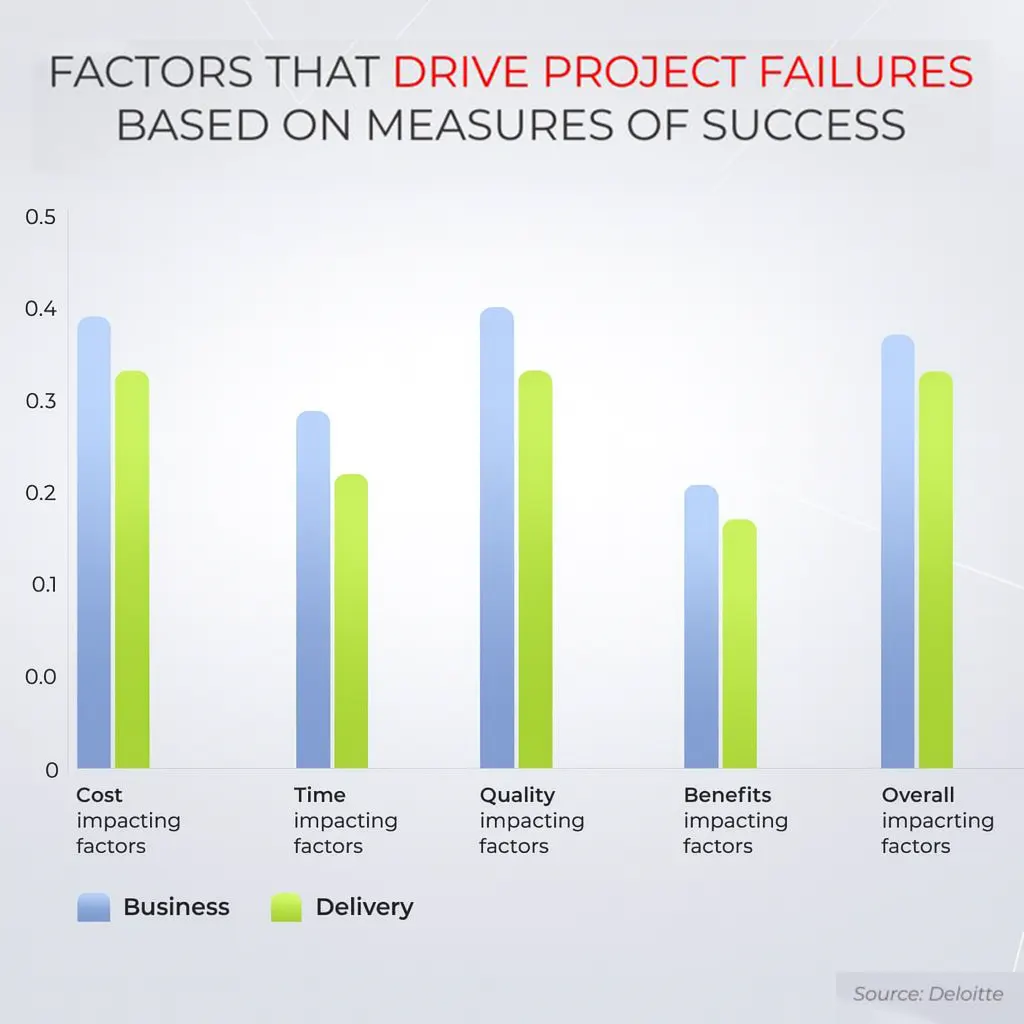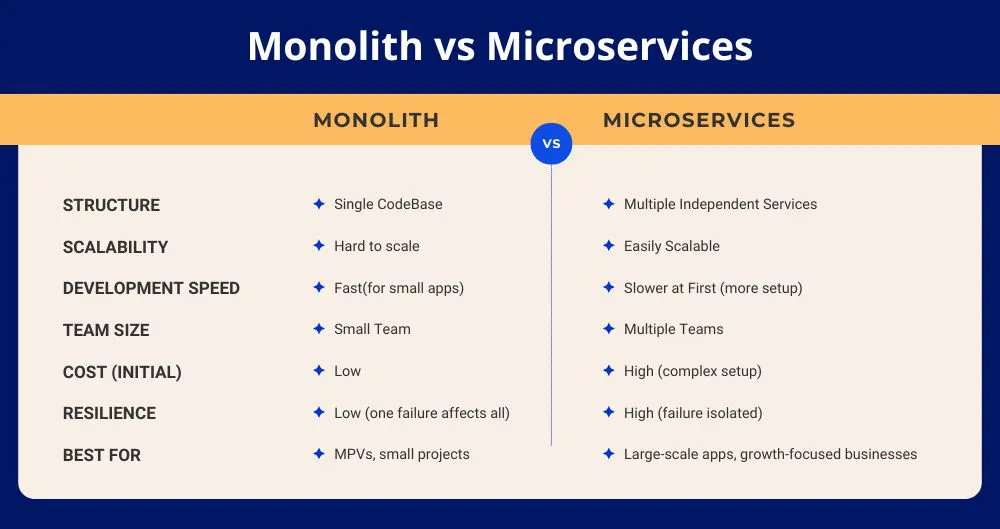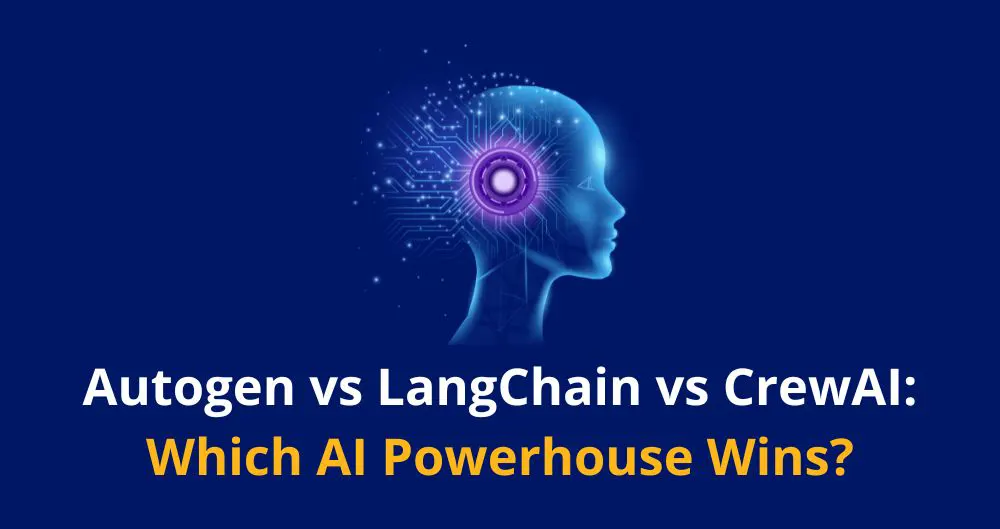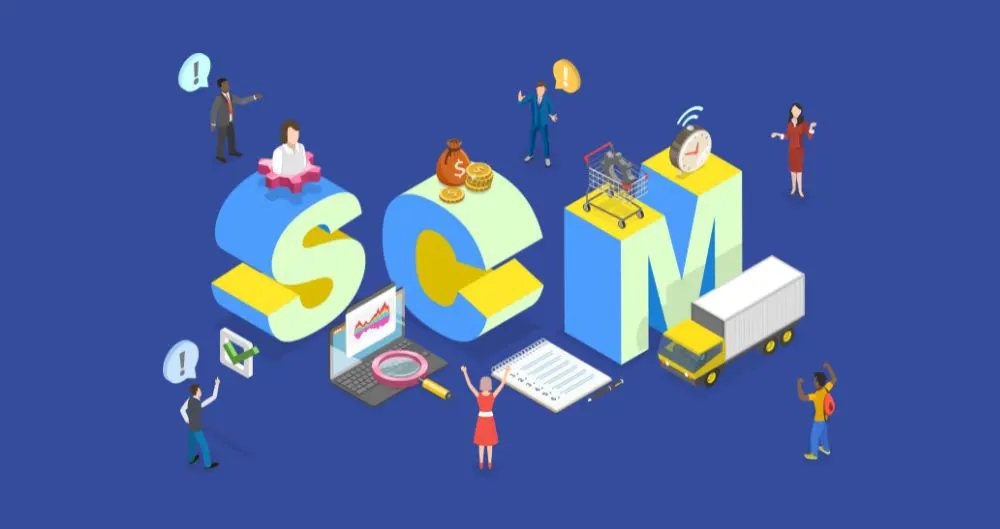September 12, 2025
Research from Deloitte shows just how common this is. Among companies that miss their project targets, half end up delivering less value than expected, while 42% struggle to stay on schedule. These numbers highlight a tough reality — even well-planned initiatives can stumble.
So, what’s behind these setbacks? And more importantly, how can you make sure your own project avoids the same fate?
Our experts have spent years navigating the complexities of enterprise software development. From spotting risks early to shaping winning strategies, we’ve seen what works — and what doesn’t. In this guide, we share those hard-earned lessons so you can chart a clearer path to success, without burning through time and budget.
What Counts as a Software Project Failure?
“The greatest teacher, failure is.”
That Yoda quote hits especially hard in software development. But while failure can be a powerful teacher, it’s also an expensive one — and it’s always better to learn from someone else’s missteps than to pay the price yourself.
In the world of software, a project is generally considered a failure if it meets one or more of these conditions:
- It doesn’t solve the end user’s problem. Building a product that customers don’t actually need is one of the worst-case scenarios. A mismatch between user needs and product value almost always spells failure.
- It falls short of its business objectives. Even if the software works, it can still miss the mark if it doesn’t align with your original goals and expected deliverables.
- It lacks quality. Poorly built software that can’t integrate into your ecosystem or scale with your business quickly becomes a liability.
- It fails to deliver ROI. If your project doesn’t generate the expected return and there’s no clear path to recovery, it’s time to pause, reflect, and learn from what went wrong.
- It misses critical deadlines. Timely delivery can be a competitive edge. A delayed launch not only eats into your budget but can also mean losing market opportunities.
Understanding these markers of failure is the first step toward avoiding them. By spotting early warning signs, you can course-correct before your project veers too far off track.

Hurdles That Drive Project Failure Statistics
At the enterprise level, you’ve likely mastered the fundamentals: resource planning, risk management, and selecting the right methodology. Yet even the most experienced organizations encounter pitfalls, especially when dealing with the complexity and long timelines of enterprise software projects.
1. Skipping the Discovery Phase
One lesson we’ve seen proven time and again over the past two decades is this:
Shortcuts on the basics will come back to bite you.
Enterprise projects are more like marathons than sprints. Without a clear map at the start, the chances of straying off course multiply. That’s why the discovery — or inception — phase is critical. At this stage, your technology partner digs deep into your ideas, aligns your vision with business goals, market realities, and user needs, and turns them into a roadmap for a solution that actually delivers.
The discovery phase isn’t a silver bullet, but it prevents most enterprise software headaches before they even surface — and often reveals strategic opportunities you might not have considered.
At *instinctools, we’ve seen firsthand how this approach minimizes the gap between value and cost. And even if a project feels like it’s already gone off the rails, discovery can be the key to pulling it back on track.
Take one of our clients, a European venture capital firm. They aimed to launch a groundbreaking B2B2C web platform for investors and funds. Unfortunately, a previous tech partner’s poorly structured implementation left the project in jeopardy.
When they came to us, we started with a discovery workshop. Together, we clarified organizational priorities, refined the product vision, aligned the scope with realistic expectations, and mapped out a backlog for future releases. The result? A faster time to market and a successful, impactful rollout that gave their product the competitive edge it needed.
2. Poor Stakeholder Alignment
Enterprise projects rarely involve just one team — they pull in stakeholders from across departments, regions, and sometimes even external partners. When these groups aren’t aligned on priorities, requirements, or expectations, projects start pulling in different directions.
We’ve seen cases where sales teams pushed for features to wow customers, while operations focused solely on efficiency. Without alignment, the end product risks becoming a patchwork that satisfies no one. Early workshops, transparent communication, and regular check-ins can bridge this gap and ensure everyone is rowing in the same direction.
3. Constantly Changing Goals Cripple the Project’s Scope
One of the fastest ways to derail an enterprise project is shifting objectives. In fact, the Project Management Institute reported that in 2024, 67% of projects struggled with scope creep — a direct result of unclear or constantly changing goals.
Of course, sometimes change is necessary. Market conditions evolve, customer needs shift, and a Vision & Scope document may need updating. But even good changes must be managed carefully. In agile development, for example, if a sprint’s goal changes, the right approach isn’t to patch things halfway through. Instead, the team halts, replans, and starts a new iteration — avoiding the rework and confusion that unchecked scope creep creates.
“If a ship is sailing north and then gets the order to turn south, sending a few lifeboats in that direction won’t help. The entire ship has to change course. Product development works the same way — if your goals shift, the whole project must adapt accordingly.”
We’ve seen how damaging poor change management can be in practice. A fintech startup we worked with had initially planned a streamlined mobile platform for payments. But midway through development, the leadership team kept adding “must-have” features — everything from social integrations to gamification. Each addition seemed small, but together they overwhelmed the backlog, delayed release by months, and drained resources. By the time the product launched, competitors had already captured their market opportunity.
That’s why having a solid foundation from the very beginning — like a well-run discovery phase — is so critical. When your goals are clearly defined and backed by real research into the market, competitors, and user needs, it’s much easier to stay the course and resist unnecessary detours.
4. Losing Sight of the Big Picture
The success of any enterprise project isn’t just about the code or the tech stack — it hinges on the organization’s overall readiness for digital transformation. That means giving equal weight to people, processes, and technologies. Neglecting one of these dimensions can quickly undermine the whole effort.
Take cloud adoption, for example. Moving to cloud-based infrastructure promises lightning-fast time to market and up to 20 releases a day. But without QA automation, robust unit testing, and strong integration tests, this pace is impossible to sustain. Manual testing alone simply can’t keep up, and the result is more chaos than agility.
Another common hurdle lies in making sure new software fits seamlessly into your existing ecosystem. One of our clients, a global software licensing company, came to us with exactly this challenge as part of their digital transformation journey. Their legacy system was holding them back, but replacing it wasn’t a simple decision.
We laid out two possible paths:
1. Move fast — renovate the legacy system in one leap to the most up-to-date solution available.
2. Move steadily — upgrade the existing software step by step, gradually modernizing until it reaches the desired state.
By taking a holistic view of their transformation, the company was able to weigh both speed and sustainability, ultimately choosing the approach that balanced their immediate needs with long-term success.
The lesson? Focusing narrowly on individual tasks or features without seeing how they connect to the bigger picture can lead to missteps. True transformation requires looking beyond the trees and keeping the whole forest in sight.
5. Weak Governance Undermines Communication at Every Level
We’ve seen enterprise projects stumble right out of the gate because of one critical issue: poor communication between the development team and client-side stakeholders. And when governance is inadequate, those gaps only widen.
Why C-Level Engagement Matters
When companies hire a dedicated development team, the expectation is clear — hand off the technical heavy lifting to experts and get a high-quality solution with minimal risk. But here’s the catch: while executives don’t need to be in daily stand-ups or resolving sprint issues, their early involvement is essential.
Top management expects strategic visibility — quarterly reports, progress dashboards, and key metrics that prove the project is moving in the right direction. Yet, without their input during the initial stages, the project lacks a true “North Star.” Clearly defined and documented C-level vision gives the development team direction and keeps everyone aligned on business outcomes.
Aligning Stakeholders Prevents Conflicting Goals
Another common governance pitfall arises when multiple stakeholders who haven’t collaborated much suddenly find themselves co-owners of a roadmap. Without alignment, each pulls in a different direction, fueling inconsistent objectives and scope creep. A solid governance model creates a shared space where perspectives are harmonized before development even begins.
Bridging the Gap Between Tech and Reality
Miscommunication doesn’t just happen at the executive level — it also happens between development teams and end users. Even small oversights can derail adoption.
For example, imagine a team builds a polished warehouse app with advanced touch and gesture features. It looks impressive — but the warehouse staff wears gloves, making those features unusable. A simple detail, overlooked early, can sink user adoption.
That’s why governance must connect all levels: executives, project stakeholders, developers, and end users. At Techzooni, our governance framework ensures multi-level collaboration, so details like these are uncovered and addressed from the start.
Because in enterprise software development, governance isn’t about bureaucracy — it’s about clarity, alignment, and making sure the right voices are heard at the right time.
Here’s another instance where a quick, strategic fix kept a project on track. A healthcare startup partnered with Techzooni to develop a patient portal that integrated with multiple hospital systems. The catch? Each hospital used slightly different versions of the same legacy software, and direct integration testing risked months of delays.
Waiting for every hospital’s IT department to grant access wasn’t an option — the launch date was tied to a major industry conference, and missing it would mean losing both visibility and investor confidence.
Instead of stalling, our team built a mock integration layer that simulated the different hospital environments. This allowed us to continue development and testing without depending on each hospital’s schedule. Once access was granted, we fine-tuned the connections with minimal rework.
The result? The portal was delivered on time, showcased successfully at the conference, and positioned the startup as a credible player in the healthcare tech space.
Lesson learned: When roadblocks threaten deadlines, creative problem-solving and smart workarounds can help maintain momentum without compromising quality.
6. Over-Reliance on Technology Instead of Business Outcomes
When you’re walking a tightrope, it’s important to watch your steps — but if you stare only at your feet, you risk forgetting where you’re headed. The same goes for enterprise software: technology isn’t the destination; it’s the vehicle to get you there.
One of our clients, a fintech company, learned this lesson the hard way. They invested in an out-of-the-box data warehouse solution with a $60,000 yearly license, convinced it would cover 90% of their data challenges. On paper, it sounded like the perfect shortcut.
In reality, integrating the product into their ecosystem ultimately cost more than $1,000,000. The solution was feature-rich, yes — but the price of bending it to fit their IT landscape far outweighed the initial savings. Ironically, a custom-built solution from scratch would have been far more cost-effective.
Lesson learned: the shiniest product isn’t always the right one. Keep your eye on the business goal first, and let technology serve that vision — not replace it.
“
Technology is only a tool. If you focus on the tool instead of the business outcome, you may end up paying a premium for the wrong solution.
—Lead Project Manager, Rahul
Frequently Asked Questions
1. What Are the Main Causes of Enterprise Project Failure?
When enterprise projects go off track, the root causes usually fall into three dimensions: people, processes, and technology.
Enterprises tend to have well-established processes, so they’re often less vulnerable on that front. But the complexity and long timelines of large-scale initiatives introduce plenty of other risks.
- Skipping the discovery stage leaves teams with vague objectives and misaligned stakeholders.
- Choosing the wrong delivery model can saddle you with a fragile, patched-together architecture.
- Constantly shifting goals can stretch the scope until it collapses under its own weight.
Even with strong processes, overlooking these factors can push a promising project toward failure. Success depends on recognizing the risks early — and putting safeguards in place before small issues snowball into costly setbacks.
2. Why Do Most Projects Fail?
Year after year, project failure rates remain stubbornly high. Meeting user needs with a high-quality solution is already challenging, but doing so while also staying true to business objectives, budget, and deadlines becomes exponentially harder in enterprise-scale initiatives.
Success at this level is possible — especially with the right technology partner — but without that support, many projects struggle to cross the finish line.
Table of Contents
- What Counts as a Software Project Failure?
- Hurdles That Drive Project Failure Statistics
- Frequently Asked Questions
- Related Articles
- Microservices vs Monolith: Which Architecture is Right for Your Project?
- Autogen vs LangChain vs CrewAI: Which AI Powerhouse Wins?
- Logistics Analytics: Strategies for Building Smarter Supply Chains in 2025

Why Trust Techzooni?
Choose Techzooni for Augmented Reality because we bring innovation to life. Our cutting-edge AR solutions transform your business operations, streamline processes, and elevate customer experiences — all while driving efficiency and reducing costs. Experience the future today with Techzooni!
Step into the Future of Health Insurance with Augmented Reality. Faster Claims. Smarter Solutions. Better Service.
Related Articles
Microservices vs Monolith: Which Architecture is Right for Your Project?
Imagine that you’re opening a new restaurant. You could either rent one big hall where the kitchen, storage, and dining all happen in the same space—or you could design separate sections: a kitchen, a pantry, a dining area, and a drive-thru. Both setups can serve...
Autogen vs LangChain vs CrewAI: Which AI Powerhouse Wins?
Do you actually need a framework to build AI agents? Not always. You can roll your own from scratch—hook up an LLM, wire in some queues, add async logic, make direct calls to vLLM—and you’ll have an agent that can handle complex tasks and talk to other modules just...
Logistics Analytics: Strategies for Building Smarter Supply Chains in 2025
Professionals in the logistics industry understand how even minor disruptions—like a road closure on a secondary route—can cascade through the entire supply chain. The result? Delayed shipments, empty shelves, and missed service-level agreements. That’s why data...



